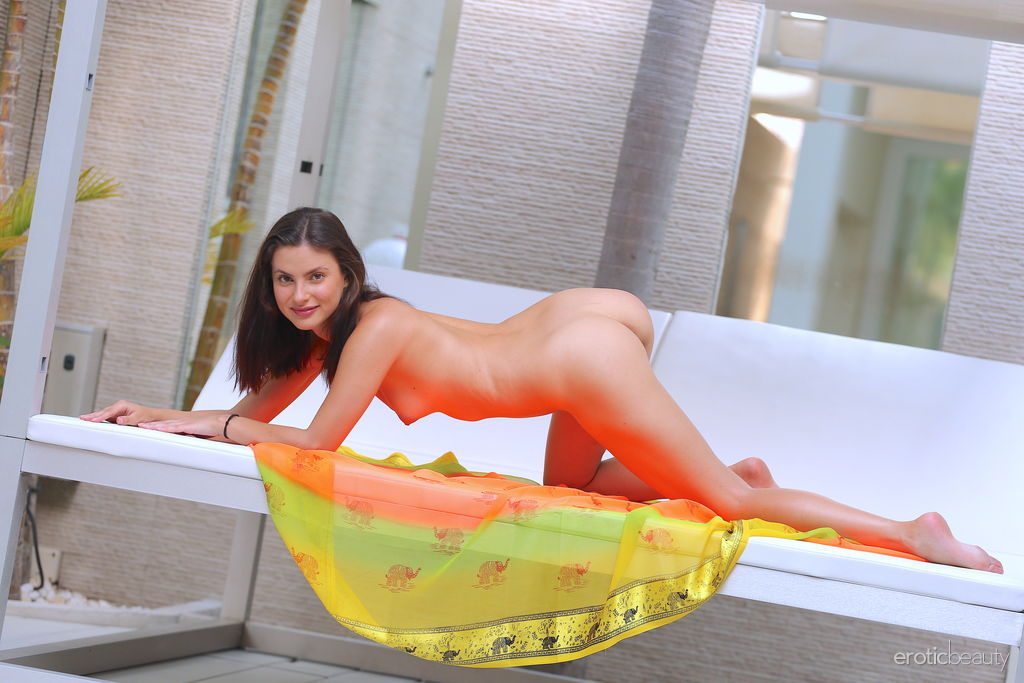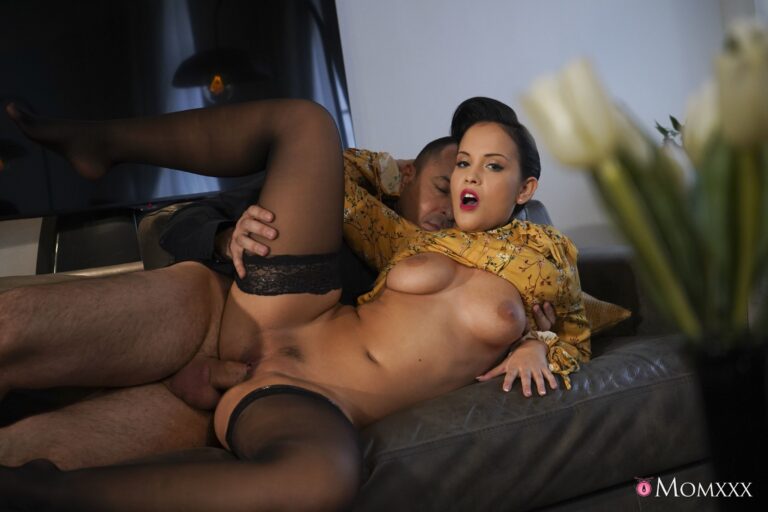Erotic Literature: A Legitimate Form of Art and Expression
Erotic literature, also known as erotica, has been a part of human culture for centuries, yet it remains a controversial and often misunderstood genre. At its core, erotic literature is a form of storytelling that explores human desire, intimacy, and sexuality in a written format. In this article, we will delve into the world of erotic literature and examine its significance, video porno history, and impact on society.
To begin with, it is important to understand that erotic literature is not synonymous with pornography. While both forms may depict sexual acts, erotica focuses on the emotional and psychological aspects of sexual relationships, rather than merely the physical act itself. Erotic literature often includes complex characters, engaging plots, and thought-provoking themes, which can evoke a range of emotions in the reader, from excitement and desire to sadness and introspection.
The history of erotic literature can be traced back to ancient civilizations, such as Greece and Rome, where explicit texts and images were used for both educational and entertainment purposes. In more recent times, authors such as the Marquis de Sade, Anaïs Nin, and Henry Miller have pushed the boundaries of what is considered acceptable in literature, exploring themes of sadomasochism, bisexuality, and taboo desires.
One of the key benefits of erotic literature is its ability to stimulate the imagination and encourage readers to explore their own fantasies and desires in a safe and consensual way. Unlike visual forms of pornography, which can often be highly prescriptive and objectifying, erotic literature allows readers to create their own mental images and interpretations of the characters and situations described. This can lead to a deeper and more personal connection with the material, as well as a greater understanding of one’s own sexuality and preferences.
However, it is important to note that not all erotic literature is created equal. Like any genre, there are works of high quality and those of lower quality, and it is up to the reader to discern the difference. When selecting erotic literature, it is recommended to look for well-written and thought-provoking works that challenge stereotypes and explore complex themes, rather than those that rely on clichés and objectification.
In conclusion, erotic literature is a legitimate and valuable form of art and expression, which can provide a unique and personal experience for the reader. By exploring themes of desire, intimacy, and sexuality in a written format, erotic literature can challenge societal norms, broaden perspectives, and encourage readers to explore their own fantasies and desires in a safe and consensual way. As with any form of media, it is important to approach erotic literature with a critical eye and to seek out works of high quality and substance.
Sources:
– The Erotic Literature of Anaïs Nin, by Anita Phillips
– The Marquis de Sade: A Very Short Introduction, by John Phillips
– Henry Miller: From Brooklyn to Brooklyn, by Robert Ferguson






